
Olivio “Oli” Ordoñez: from the rap scene to the art world
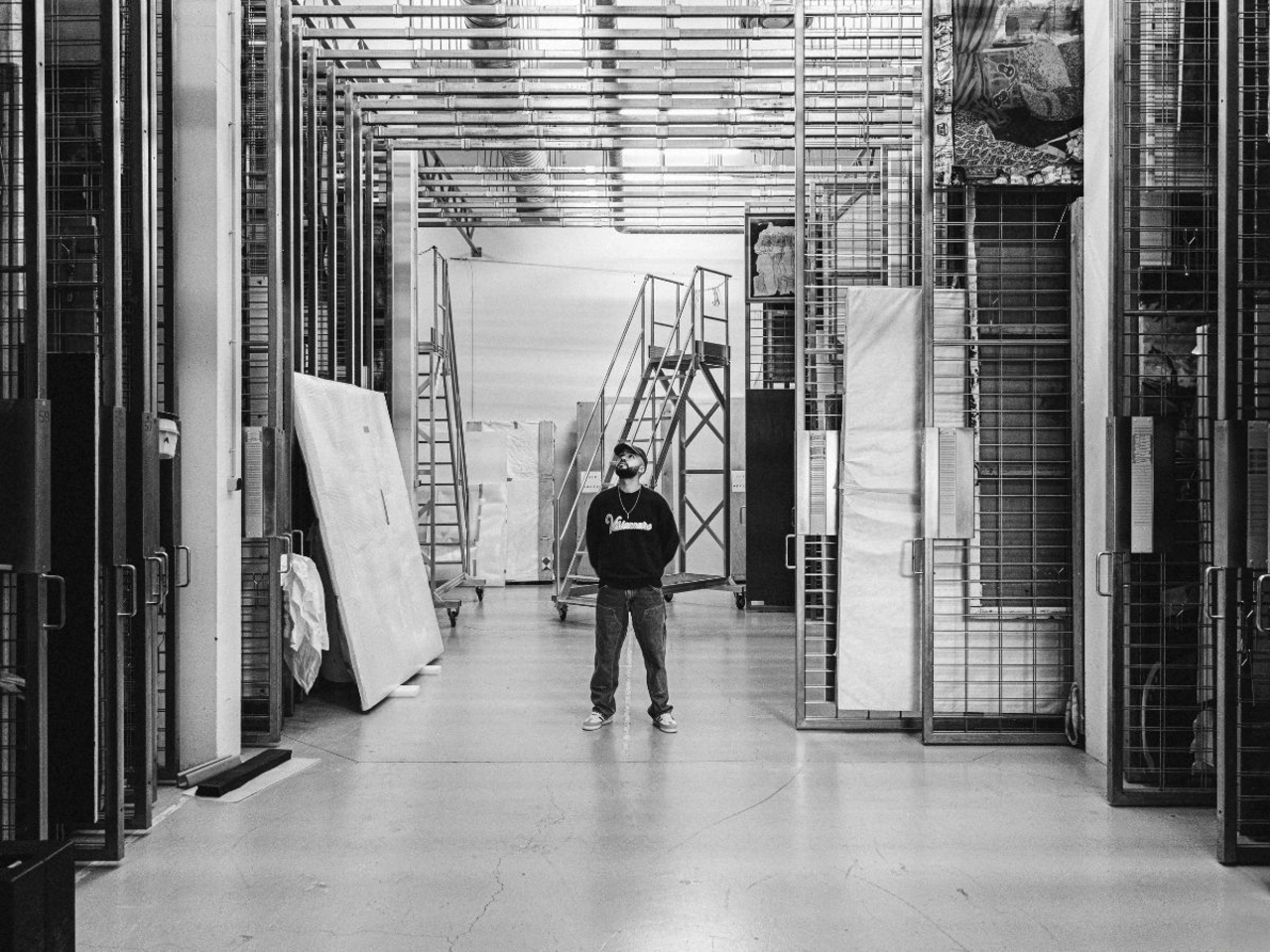
Portrait of Oli © Alexandre Leclercq
Known to millions as one half of the iconic French rap duo Bigflo et Oli, Oli recently sat down with Artsper to discuss his exhibition that has left the art world abuzz: Le Musée Imaginaire d'Oli. This carefully-curated collection features artists like Andy Warhol and Pierre Soulages, offering an interactive experience to satisfy all art enthusiasts--from curious newcomers to seasoned veterans. While he has long captivated audiences with his musical talent and lyrical depth, this new venture unveils a facet of his creative identity that many have yet to discover. Take a glimpse into his inner artistic vision and lifelong passion for art as he shares the story behind Le Musée Imaginaire d'Oli.
1. Hello Oli! Thank you for taking the time to meet with us. Could you start by telling us about your upcoming exhibition, Le Musée Imaginaire d'Oli? What can visitors expect from this experience?
It's an artistic carte blanche at Les Abattoirs (the Museum of Contemporary Art in Toulouse)--a manifesto exhibition! One that shakes up the “classic" museum experience. The idea was to bring my vision by selecting works from the museum's reserves, inviting artists I admire like Jean Jullien, Invader, and Inès Longevial, and creating art installations designed specifically for the occasion, often reflecting or echoing existing works. I also created an internal festival with concerts, talks, open stages, a film club, and more.
2. What inspired this project?
My desire to connect different worlds, blend and break pre-defined boundaries, and bring along my group of friends who often don't want to follow me when I visit museums! Also, a strong relationship with the Toulouse museum—they've seen me grow, first as a young visitor, then as a musician.
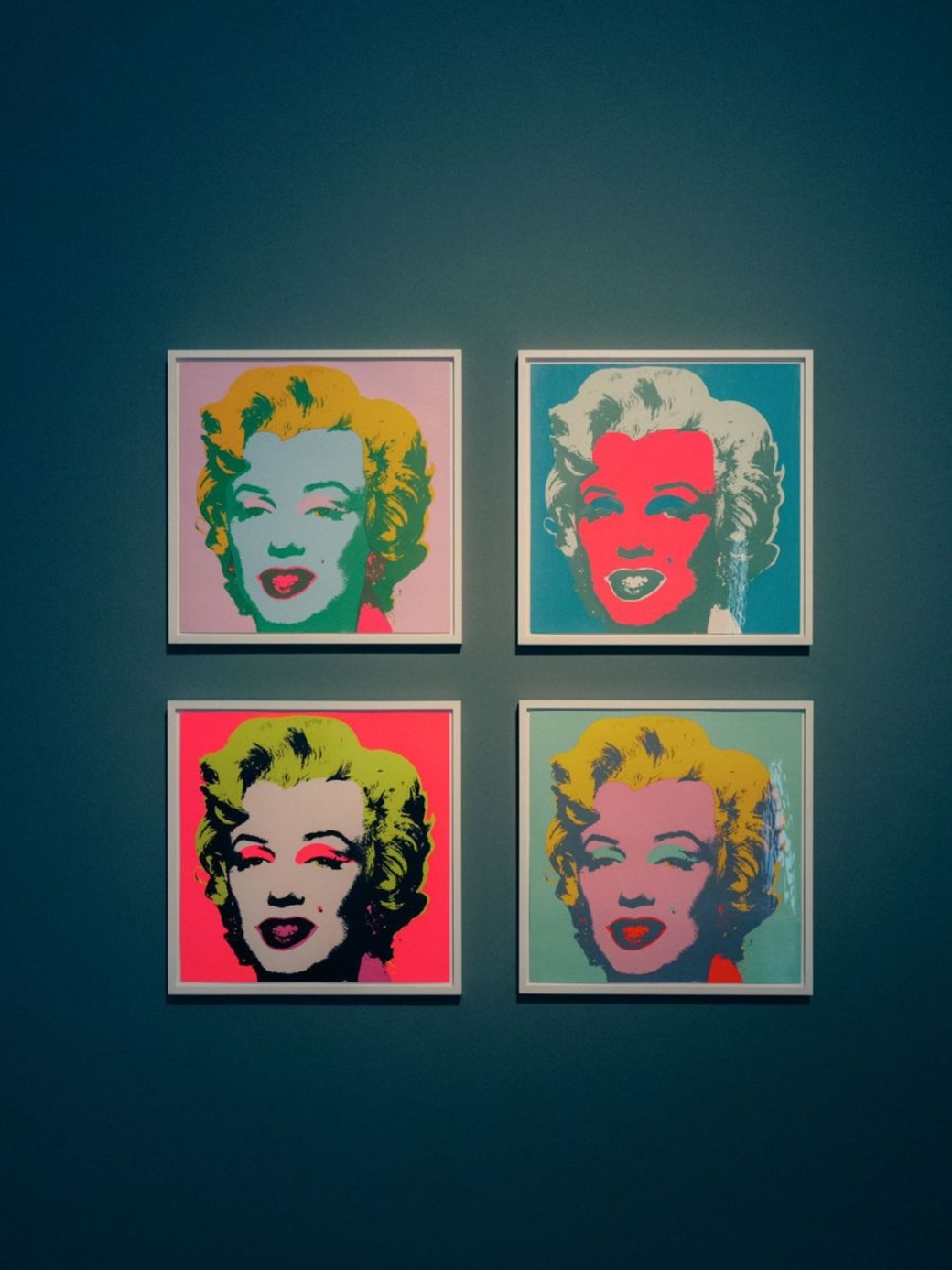
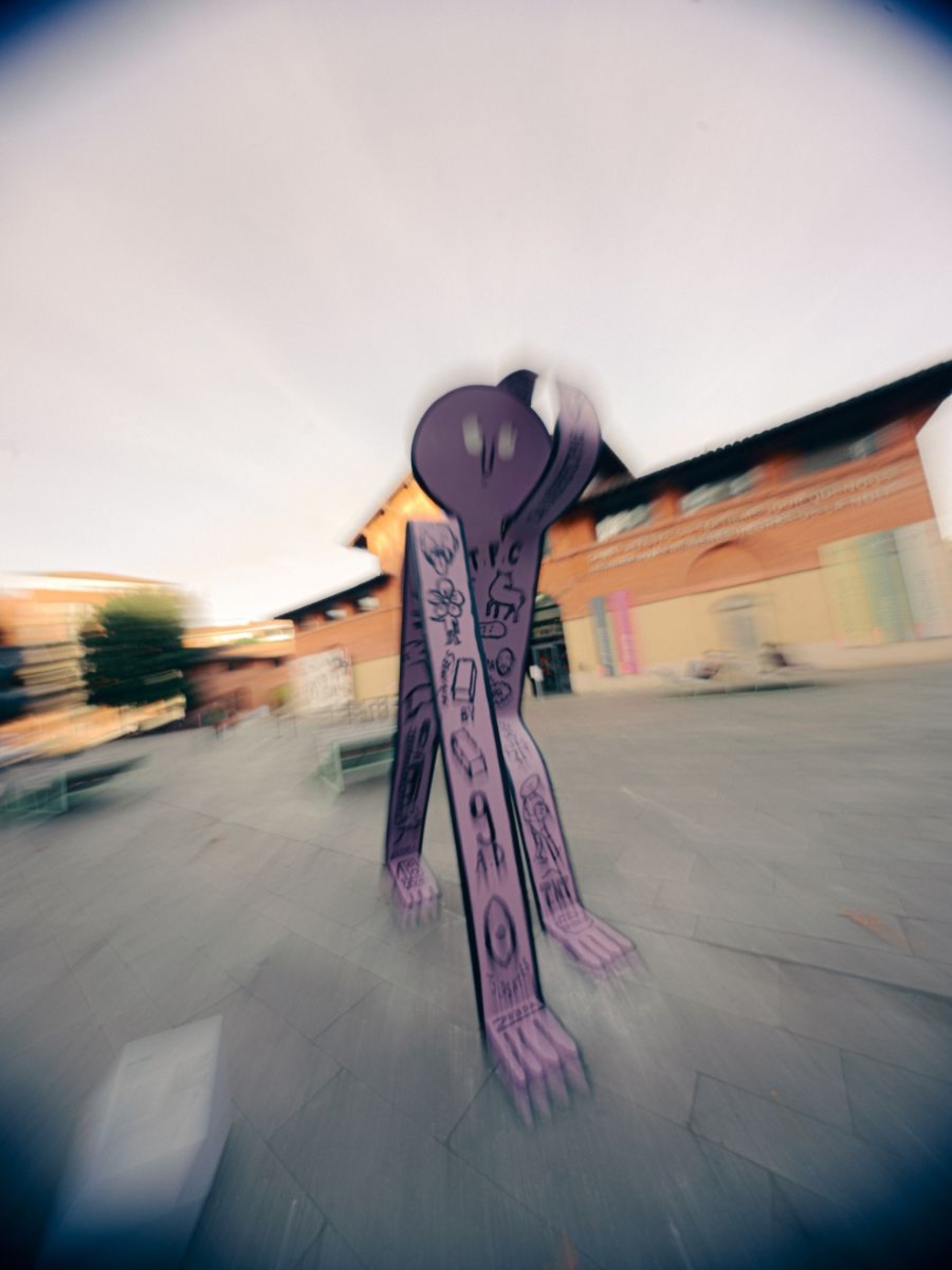
Photos of pieces from the exhibition © Alexandre Leclercq
3. You have mentioned being passionate about art since childhood. Can you share a specific moment or experience when you realized your deep connection with art?
I think it was during art class in middle school! That sense of freedom, and especially in the context of school, where it was the only time things were truly “subjective." Being able to present an idea, a concept, and seeing that the most original weren't necessarily the best in math. Going on school trips to museums and realizing that every opinion about a painting or artwork is “valid" as long as it's sincere and unique—it gives you confidence and the desire to take risks.
In fact, there's a section of the exhibition where I explore this concept through my father, who I invited to share his thoughts on works by Soulages, Eduardo Basualdo, and others, highlighting this subjective aspect of art. It's especially important to me that everyone feels free to express their opinion in this exhibition, without constraint or judgment, and in line with their own sensitivity.
4. How has your love for art evolved over the years, especially as you've become increasingly immersed in the world of music?
I'm the son of a musician—my father is a salsa singer and a performing artist. I've watched him struggle his entire life to make a living from his art. I fell in love with music first by learning the trumpet at the conservatory, then by writing my first rap lyrics. My love for art has evolved as I've grown more confident in my sensitivity, but ultimately, it remains almost unchanged. My passion for art is still that of a child—I want to surprise the child I once was.
5. How do you perceive the relationship between music and visual art? Is there a connection between these two forms of expression for you?
Absolutely, especially between rap and contemporary art: both are often misunderstood and judged harshly when viewed without the right context or cultural understanding, sometimes turning into clichés of themselves. I also love the instinctive quality in both forms of expression, which at times transcends technique. There's an inexplicable “magic" in a great painting or a great song that sometimes goes beyond the number of hours spent working on it or the level of technical skill. I'm drawn to this mystery of creation.
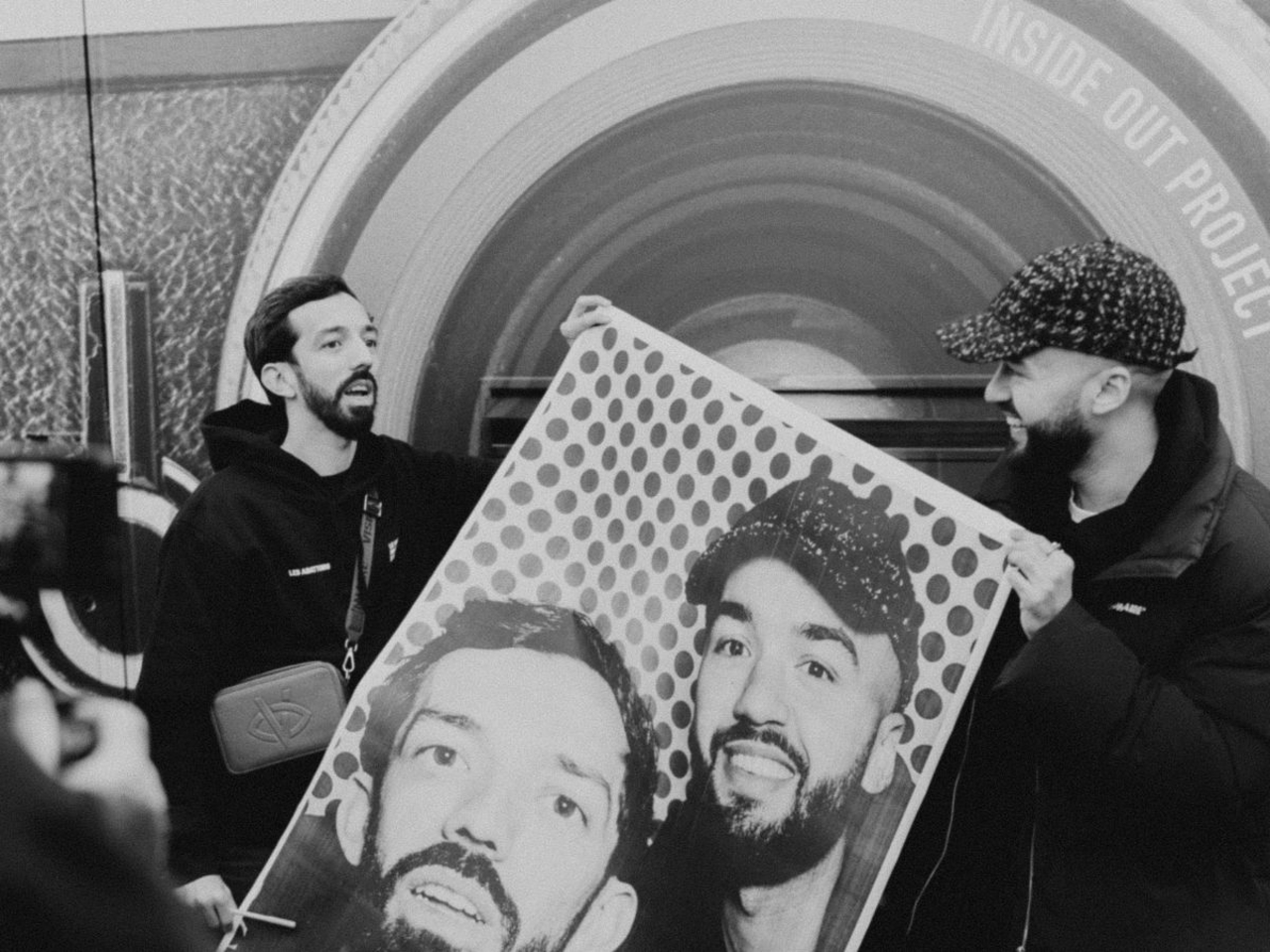
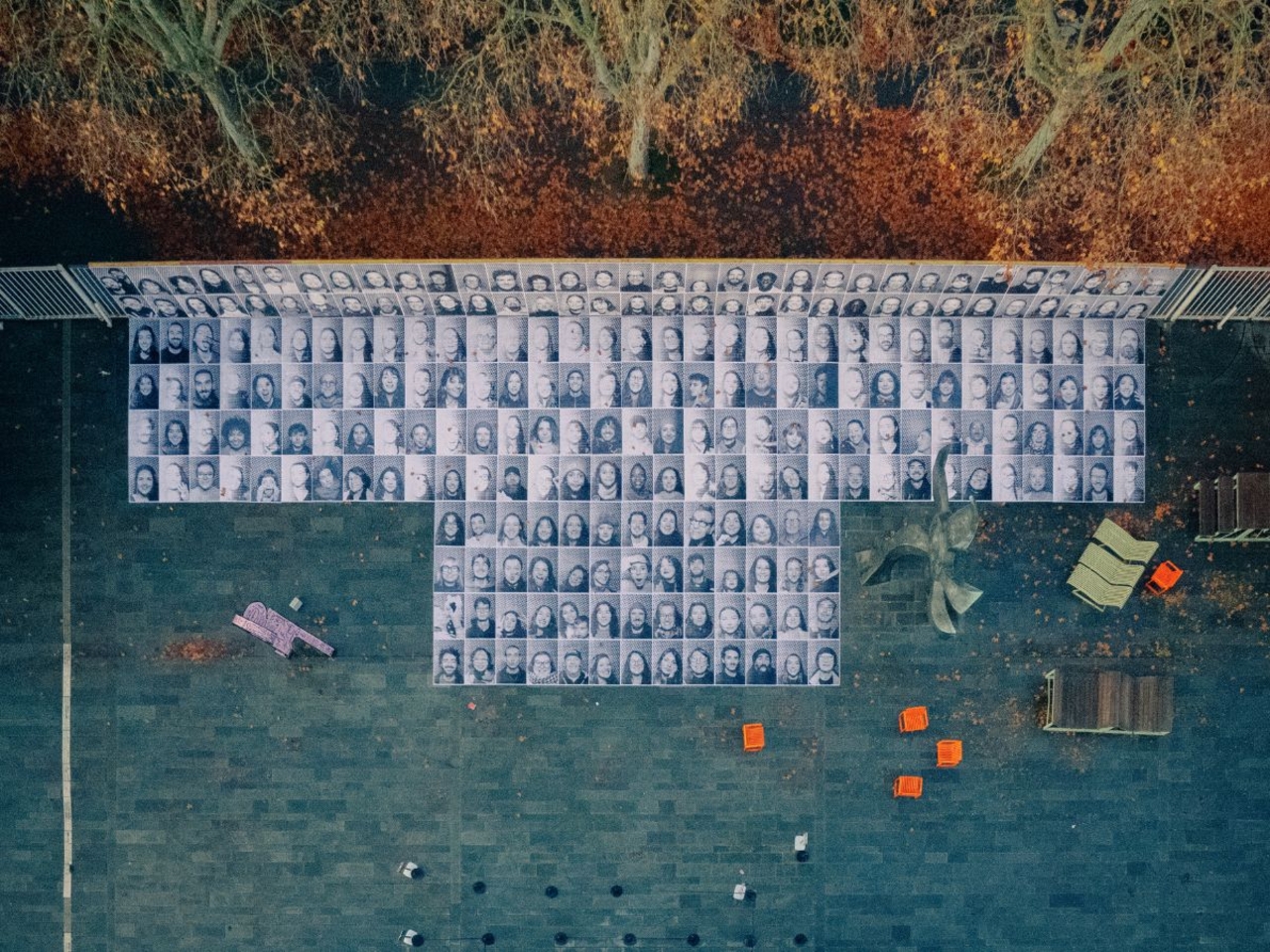
Photos from the exhibition opening © Alexandre Leclercq
6. What was the most challenging aspect of realizing this project, and how did you overcome these challenges?
The hardest part was making decisions. A blank slate is much more difficult than I expected. I had to first choose works from the museum's online Navigart archives, then figure out how to build on them, which took me a lot of time. It was also important to strike a balance between my own style and the codes of the museum world. There were many discussions, debates, and significant support from the museum teams. I learned a lot about myself through this project. It brought me back to the feelings I had in the beginning, with the pressure of being a novice. I also wanted to address two audiences: art connoisseurs and those who don't feel connected to art, so I tried to come up with playful ideas that weren't overly “light."
7. To conclude, what final thoughts would you like to share—about yourself, Le Musée Imaginaire d'Oli, or other projects?
I want people to understand that this is a true passion project, born from the heart! I've also designed several installations for it, such as the “imaginary pianist" or “hacked photo booths." I'd love to create more and build larger events around this concept in the future. I'm very proud of how this adventure has started.
Immerse yourself in this incredible experience before it ends. Le Musée Imaginaire d'Oli is available at Les Abattoirs until May 4, 2025.
Their favorite artworks




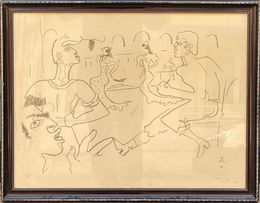

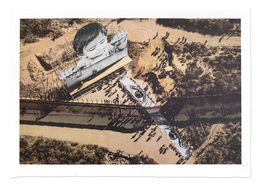
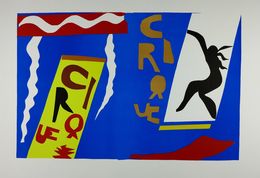

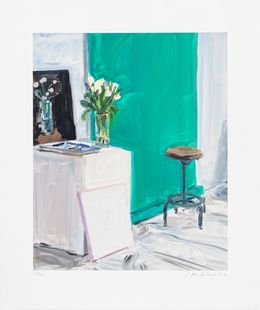

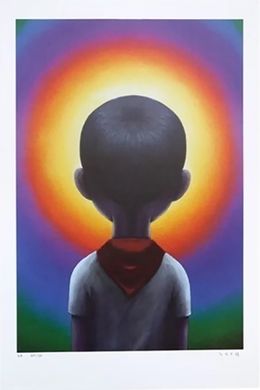
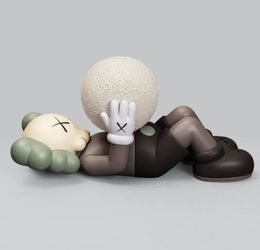
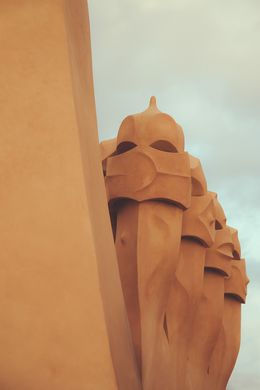
Arantza NT Photography
Photography - 45 x 30 x 0.5 cm Photography - 17.7 x 11.8 x 0.2 inch
€170 €153




